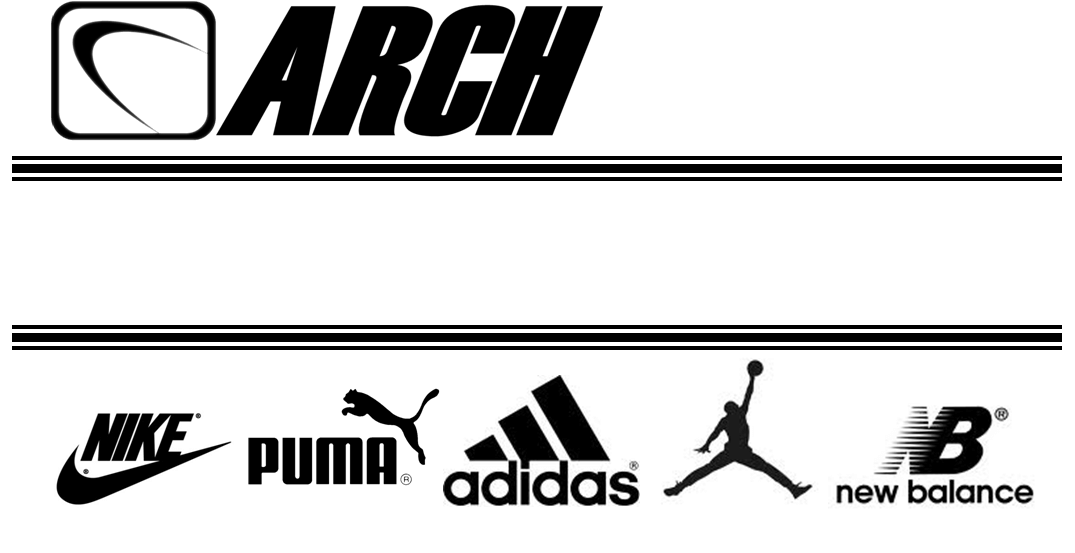![]()
I’m taking the time to break down an analysis of the 2016 3rd Quarter sales over the next few days. This is part 1 based on the NPD Groups US Athletic Footwear Sales.
In sneakerhead circles we usually only address the next release or what shoe will be the hottest release. If we are going to become smarter, more informed sneaker connoisseurs then we have to understand the numbers and how much money is actually floating around in this industry that we spend so much time sharing information about. My goal, since most sneaker sites don’t take the time to give you the details, is to break it down so that when you decide to discuss why the Retro 1 is hottest selling shoe on eBay, you can create an analysis of your own. So let’s dive into the numbers.
| Dollar Sales | Q3 2016 | Q3 2015 | CHG |
| Total U.S. Athletic Footwear Sales | $4.6B | $4.5B | 2% |
| Men | $2.3B | $2.3B | 0% |
| Women | $1.15B | $1.12B | 2% |
| Children | $1.2B | $1.1B | 5% |
What Does the 1st Line Represent? Q3 is the 3rd Quarter; the months from July to September. This is also back to school time. This year the 3rd Quarter included the Olympics so the numbers here reflect footwear sales from both back to school and the Rio Games.
What is the Second Line? I know this is clear and evident, but it’s important to be very clear so when discussions take place you have the numbers accurate. When you look at the top of the chart last year (Q3 2015) is being compared to this year (Q3 2016). CHG shows the growth, decrease or if the numbers stayed the same for total athletic footwear sales in the US. This year actually saw a single digit increase. I’ve seen on sites lately where people are saying sales are down. Sales are not down. This is a myth.
What is the 3rd Line? I’m not certain if there was a separation done in this category. The sneakerhead community is well aware that there is crossover in each category. For instance in July the Air Jordan 12 Retro Hyper Jade released in GS sizing. Men with small feet actually bought the shoe in size 7Y. The same thing occurred with the Air More Uptempo that was released. Women actually bought the size 8-10 in that shoe. This is unimportant, but I thought that it should be clarified a bit. Men’s shoes remained flat when compared to the previous year hence the 0%. Why is this important? Remember the Olympics were during Q3 so the trend is usually that sales increase during the games. The natural question would be why didn’t sales increase. According to the NPD report, “Sales of men’s athletic footwear were essentially flat for the quarter, as the struggling basketball category offset big gains in classics.” In other words the majority of information that is presented on sneaker sites is about basketball related kicks. Those same sites are failing to explain that these kicks being promoted are actually bringing down sales overall.
What is the 4th Line? Women’s footwear grew by 2%. If you haven’t been following the site, I’ve been writing a number of articles about women’s footwear and apparel. See:
Insider Ties: Puma net profit up 4% on footwear, time to dump Meek Mill
Insider Ties: REEBOK PARTNERS WITH EMILY SKYE
Insider Ties: Why Puma Could Be The Next Big Sneaker Stock – Bloomberg
Insider Ties: adidas Delivers Fashion and Function With Subscription-Based Avenue A
While most sneakerhead sites overlook women’s footwear in general, and women bought considerably less than men, the women’s market presents an opportunity for growth for every footwear company. Puma and Reebok have both seen the opportunity by aligning themselves with brand ambassadors who are reaping benefits for the companies. Although neither cracks the top 5 brands in Footwear this quarter. That information will drop in part 2.
What’s Up With That Last Line? Children’s footwear… There was growth in the women’s footwear and children’s category. These two categories can almost be aligned. Where I talked about crossover in men’s footwear, the same is happening in children’s footwear. The evidence for this is in this quote from the NPD report, “Women’s sales improved in the low single digits for Q3. Women’s classics grew by more than half and running was flat. Kids’ athletic shoes grew in the mid-single digits in Q3, as robust classics overcame continued weak basketball and soft running.” As more women actually begin to wear casual athletic attire, as seen in the growth of companies like Lululemon, they also buy for their kids. When women buy they don’t necessarily purchase “women’s” shoes. The line about classics can literally be code for Riahanna and Puma as Puma saw considerable growth with the success of the Kylie Jenner ‘Fierce’ and the resale value of Rihanna’s Puma ‘Creepers’ a take on the classic Puma Suede/Clyde.
This is part 1 of the analysis of the 3rd Quarter of 2016. Part 2 will give you the top brands in the athletic footwear market.





